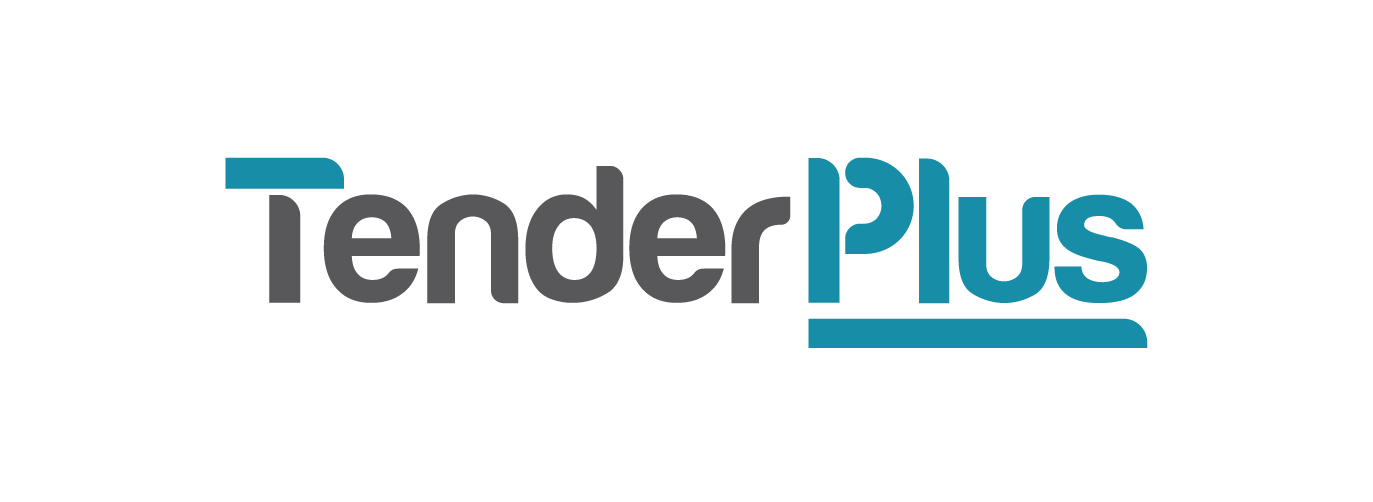Brace for impact: 5 dos and don’ts for impactful tender writing
Chelsea Steele, Senior Tender Specialist (Brisbane)
As a tender writing consultant, there are some key principles I abide by to give my words and narrative maximum impact, and some practices I’m mindful to avoid. Impact through writing means getting readers to understand and remember your message, creating a strong impression and the power to influence. To help you understand some fundamentals of writing for impact, the following are my top five dos and don’ts. Use these as a guide to help improve your tender writing so it’s more impactful, persuasive, and easier to read.
Do: Choose simple, accurate and meaningful words
Everything should be made as simple as possible, but not simpler.
~ Albert Einstein
Don’t let simplicity and smallness fool you. When you use verbs that are precise and descriptive these are powerhouses when used correctly in tenders. Combine these verbs with straight forward and plain English and your tender writing will be elevated to direct and concise reading. Make your words count. Ensure these words are correct for the context of your writing, and they convey exactly what you intend them to mean.
Don’t: Use long or complex words or phrases
While tender writing is a formal process, using a complex word or phrase when a simple one will do wont impress the evaluators or make you sound more intelligent. On the contrary, if elaborate words are mistakenly used in the wrong context your capability could be called into question. If you cannot communicate clearly in your tender submission, how will you communicate clearly when delivering the project? Remember simplicity is key for clarity.
Do: Have your writing proofread and reviewed by someone experienced in tenders
Follow an expert.
~ Virgil
Ideally, this is a tender professional or someone who works in the industry who can add value to your content in the returnable schedules. They will pick up what you might have missed. They will provide constructive feedback to improve your draft. They will suggest edits to keep it concise. Use this opportunity to further improve and strengthen your tender writing.
Don’t: Solely rely on spell check, AI or something not human
While we love the ease of ChatGPT turning our ideas into professional prose or spell check doing the mundane for us, AI cannot always identify if the context in which something is written is correct. As intelligent as they are, machines cannot replace human intuition or provide the deeper level of understanding a tender needs, or address the nuances that each individual tender brings. While a word may look correct on the page and is not spelt incorrectly, it may not be fit for your sentence’s purpose.
Do: Use full stops and commas in your sentences for effect
As simple as this may sound, punctuation is your friend. Using full stops and commas to highlight the key messages you want to deliver are important writing tools. They help you to make your point and keep your sentences short. Succinct sentences are easier for evaluators to understand. They make your ideas to pop off the page and have far greater impact.
Don’t: Use longwinded sentences and lengthy paragraphs
Reading a sentence that’s too long or is trying to make too many points is hard to digest. The same can be said for reading a paragraph that has no line breaks. Your brain must work harder to decipher and understand the concept. The downfall here is your message can easily be diluted or lost. It’s best to keep your ideas limited in your sentences, and to break up paragraph concepts into smaller sections for clear and impactful tender writing.
Do: Use visuals to inform and enhance
When writing, consider if using a specific image or infographic might be more meaningful to define solution benefits, demonstrate your understanding, or support your tender narrative. ‘More meaningful’ is the crux here. Visual additions are designed to enhance your content, more clearly describe a complex method, and stand out to leave a lasting impression. An added benefit of these illustrations is they can also help limit word count and organise page space more effectively.
Don’t: Add images and graphics just to break up text
It’s never a good idea to add in images and graphics with the sole intention of breaking up lengthy blocks of text. Including illustrations only to diversify your page format will see them have less impact and your message may become muddled, if not buried altogether.
Do: Use decisive and specific words where you can
Not a wasted word. This has been a main point to my literary thinking all my life.
~ Hunter S. Thompson
Using strong and specific words can improve clarity in your writing and increase your credibility. The more solid and assured your words are, the more confidence you will project and will increase the persuasiveness of your tender writing. Use these where you can, without compromising any risk. Always remain truthful and accurate, you must be able to deliver what you say you can do.
Don’t: Use weak words that could be interpreted as unsure or unstable
Try to avoid using or any vague language that can be read as evasive or lacking understanding. Pay particular attention to replacing any unclear words with focussed language to further refine your tender writing and generate a greater impact.
Writing for impact in tenders is a learned skill that’s honed over time. It requires a blend of technique and strategy that goes beyond mere words. Use the above insights to further develop your writing technique for maximum impact, influence and a strong and lasting impression.
Our team at Tender Plus offer tender writing services specialising in crafting persuasive and tailored tender submissions that help our clients stand out. Let us help you achieve your goals and secure new business. We’re super approachable and would love to hear from you to tell you more.
